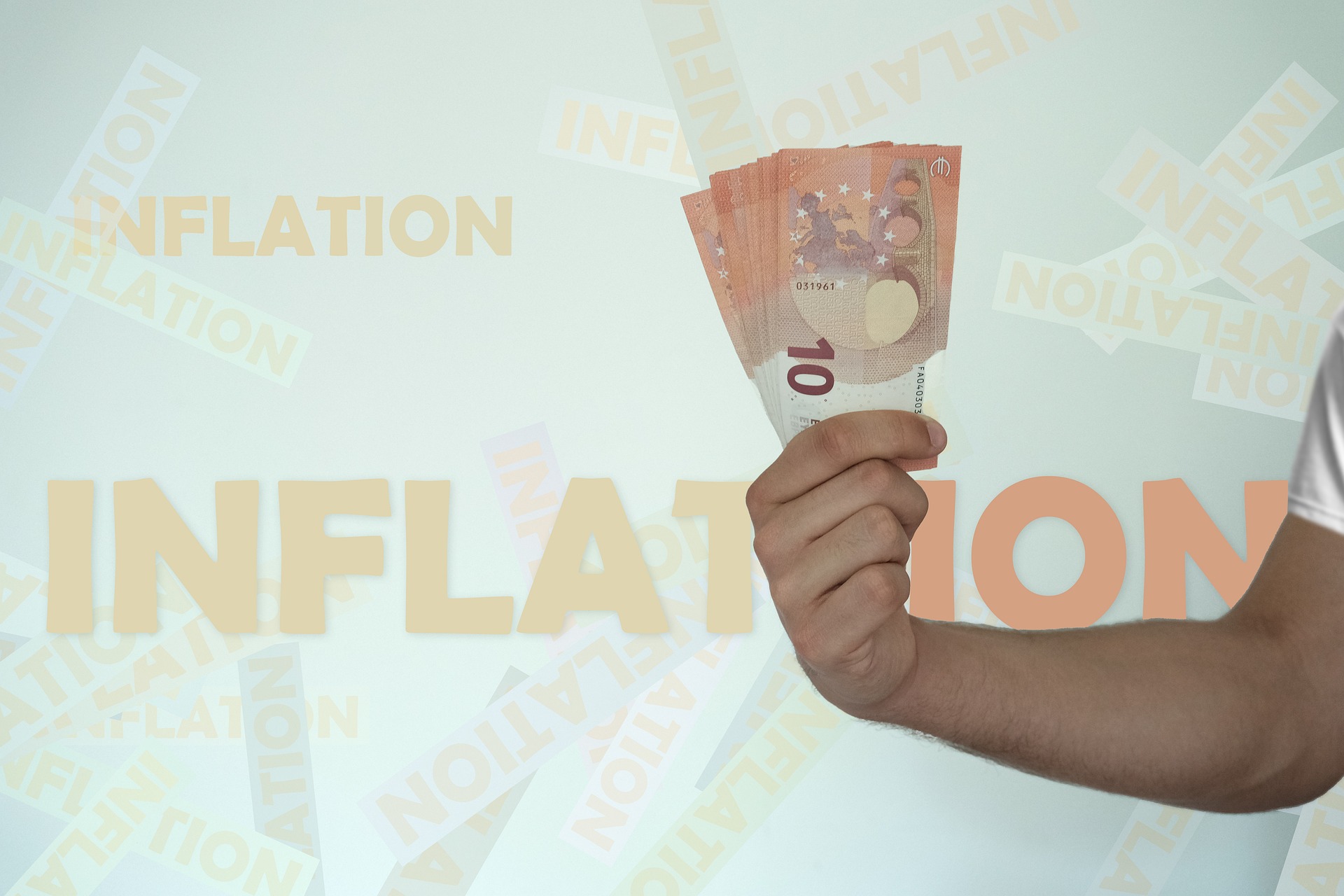An inflation of around two per cent is considered a value for healthy development. But we are still a long way from that.
Austria’s economy will only develop weakly over the next few years. At the same time, the inflation rate is still far too high. This is the conclusion the economic research institute Wifo reached in its current ‘medium-term forecast’. It lists in detail what the experts expect from 2024 to 2028.
Economic development: Austria’s economy shrank by -0.8 per cent in 2023 and is unlikely to make any headway this year with a mini increase of +0.2 per cent. For 2025, Wifo expects growth of +1.8 per cent, although this will slow down again (in line with global developments) to +1.1 per cent by 2028.
Prices: This year’s average annual inflation rate of 3.8 percent is expected. There will be further, but only slight, declines in the following years. Wifo fears that the target value of two per cent set by the European Central Bank (ECB) will not be reached until 2027.
Unemployment rate: Experts believe this will fall from around 6.7 percent this year to 5.7 percent by 2028. One reason is the upcoming wave of retirements, as baby boomers are reaching retirement age. Subsequent cohorts will be weaker. Nevertheless, according to Wifo, the labour supply will increase due to strong immigration. By 2028, the proportion of foreign employees is expected to rise to 29 per cent (2010: 13.8 per cent).
However, the labour market, inflation and the economy could actually develop significantly worse, writes Wifo. The most significant risks are the war in Ukraine, tensions in the Middle East and around Taiwan, potential trade conflicts between China, the US and the EU, and the emergence of new, more dangerous COVID variants.
- source: heute.t/picture: pixabay.com
This post has already been read 2058 times!



